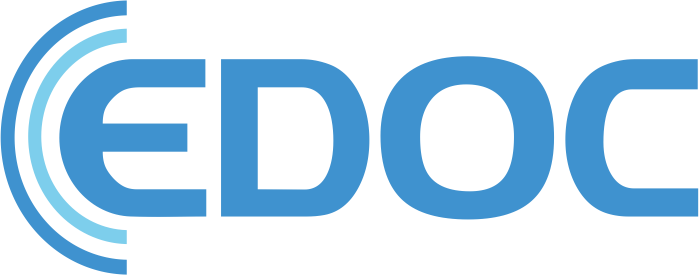Silex
Silex has reached the end of its life and is no longer maintained. The recommended replacement for Silex is Symfony 4 with its micro-friendly architecture.
However, we recognize that many existing web applications use Silex, so we think the information below can still be useful.
Silex is a PHP microframework that’s used to quickly develop simple websites and apps. As a microframework, it takes a minimalistic approach, as opposed to full-stack frameworks like Symfony and Laravel. This means that it strips away all but the most essential components and functionality required to make robust microsites, microapps, APIs, microservices, and single file applications. Silex helps to automate many of the most common functions of a web application, such as routing, security, and error-handling, so the developer can focus on the appearance and functionality of a site or application.
Silex is actually built from the significantly larger PHP framework Symfony, so it inherits and even extends some of its key components. The most important of these is HttpKernel, which all applications in Silex are built around, which handles requests and responses.
To start, a request is initially made by a user through their browser, which sends it to a server for processing. The application then turns this into a request object, which provides the data required to generate a response. The response is then mapped to an object and returned to the browser, which displays it to the user. By abstracting both the request and response in this way, Silex makes it easier to work on each part of the process individually, which makes designing and developing small applications far simpler and faster.
WHY CHOOSE SILEX?
In summary:
- Fast, Lightweight Framework
- Extensible
- Stability
- Ideal for Agile
FAST, LIGHTWEIGHT FRAMEWORK
Speed is one of the main advantages offered by developing applications in Silex. Firstly, as a microframework, it’s very lightweight which allows it to be more performant than feature-rich, larger frameworks. However, as it should mainly be used to make small, self-contained apps, or microservices for more complex web applications, this is ideal – the tradeoff of features for performance is justified. Add this to the fact that a developer already saves significant amounts of time using the ready-made reusable components it offers, as opposed to coding them from scratch, and the savings in time really start to stack up. The end result is a better designed, more robust application, developed at lower cost.
EXTENSIBLE
A second benefit of developing in Silex is the fact it’s extensible – with you being able to add additional functionality according to your development needs. As it’s written in PHP, it benefits from its dedicated community of developers, who consistently release 3rd-party packages and plugins that can then be used in your own projects. Plus, there’s also the fact that Silex extends Pimple, a dependency injection container it inherited from Symfony that’s responsible for handling dependencies within the code. Pimple helps to keep applications functioning correctly, preventing them from breaking as they grow and the number of dependencies increases.
STABILITY
Thirdly, Silex allows you to create more stable and robust applications. This is another way in which it benefits from PHP’s popularity and widespread use, as you can be assured that all components within its library have been repeatedly used, tested and upgraded. It also allows you to make use of Composer, a PHP dependency manager that makes sure all packages and extensions are up to date.
IDEAL FOR AGILE
Silex is particularly useful for developing applications according to the Agile Methodology. The first reason for this is its speed and choice of out-the-box components makes it ideal for prototyping: If you have an idea for a new application, or new functionality you’d like to add to an existing one, it allows you to test it out quickly, before committing more time and resources to it if it proves its feasibility. This is also very useful for building functional deliverables at the end of each Sprint, a specific timeframe within the lifecycle of a project developed according to Agile principles.
Plus, the fact that HttpKernel abstracts request and response logic makes applications more testable, with repeated testing being another of the pillars of Agile development. As Agile development leads to better applications, built in less time at lower cost, Silex is great tool for helping to producing cheaper, more performant sites and apps.
SILEX AND FRONTIT
Our developers have significant experience with Silex and Symfony. We can help you:
- Maintain existing Silex projects
- Migrate existing Silex projects to Symfony or other frameworks
WHY CHOOSE US?
We know how to maximize Silex’s capabilities as a framework and how to utilize its range of essential, reusable components to develop small-scale sites, applications, and services. We also take advantage of the fact it encourages better organization of code which will ultimately make it easier to maintain and update applications. We also know how to easily migrate existing Silex projects to Symfony so they don’t have to be rewritten from scratch.
Our developers can effectively make sure a development project produces excellent software delivered on time and within budget.

